Genes Gone Wild: Sonoma Botanical Garden cultivates and conserves rare, endangered plant species
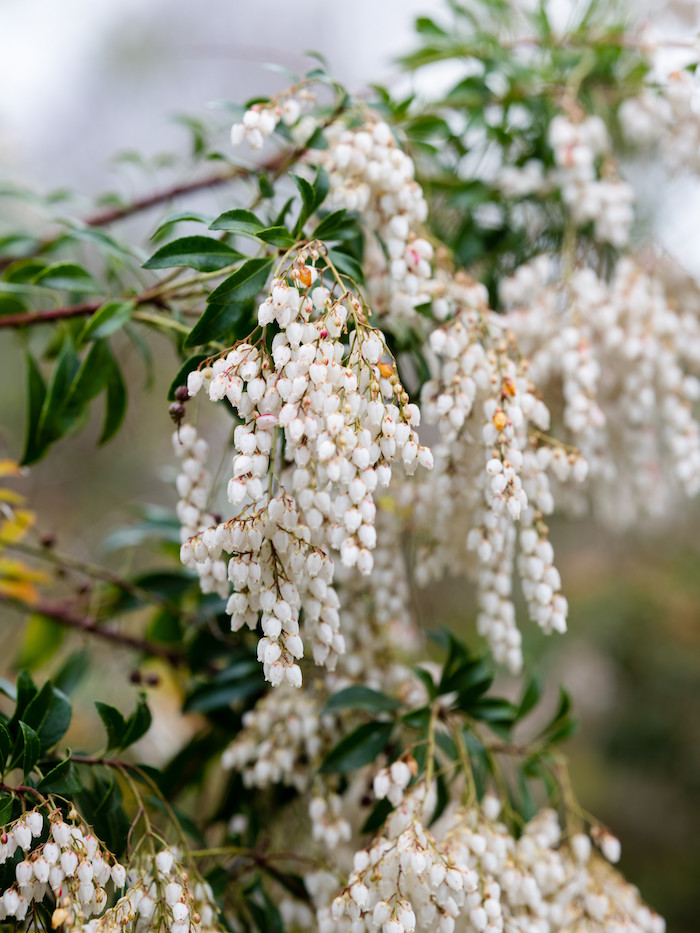 Winter is like sitting in a dimly lit theater amid quiet murmurs expectantly waiting for the show to start, whereas spring is the rapture of a big song-and-dance number at the height of drama. Spring, then, is easy to love, its radiant hopeful blossoms bursting forth against impossible green, a most vivid departure from the doldrums of dark months. But bud-break might be even more exhilarating and enchanting—the fleeting moment between the two when the curtain opens and the spotlights hit the stage and the orchestra’s first notes take flight.
Winter is like sitting in a dimly lit theater amid quiet murmurs expectantly waiting for the show to start, whereas spring is the rapture of a big song-and-dance number at the height of drama. Spring, then, is easy to love, its radiant hopeful blossoms bursting forth against impossible green, a most vivid departure from the doldrums of dark months. But bud-break might be even more exhilarating and enchanting—the fleeting moment between the two when the curtain opens and the spotlights hit the stage and the orchestra’s first notes take flight.
On a drizzling day in late March, I am engulfed in trees bedecked with bud-break as I make my way towards Sonoma Botanical Garden in Glen Ellen. After a monumentally rainy winter, we are expecting a particularly riotous spring here in Sonoma County—but despite the longer and lighter days, we have yet to receive the robust dose of sunshine needed for spring to be served. And so, eager, tightly wrapped buds swell with stored energy from the roots, poised in patient anticipation. 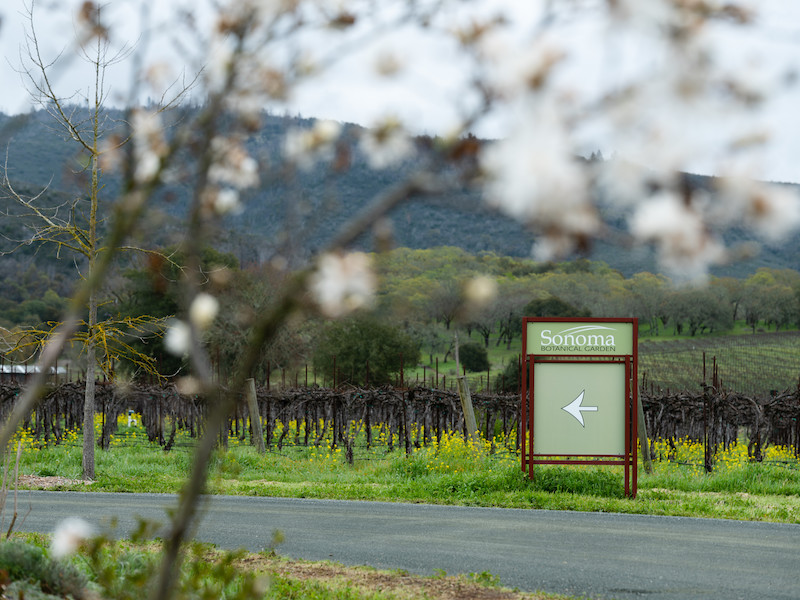 Bud-break’s liminal, quiet readiness evokes the soft pink of the horizon before the sun lifts its head; the cozy relief of waking up before your alarm and luxuriating under the covers for just a few minutes more while incoming thoughts of the day mingle briefly with lingering dreams. “Almost,” the buds seem to whisper. “Very soon.”
Bud-break’s liminal, quiet readiness evokes the soft pink of the horizon before the sun lifts its head; the cozy relief of waking up before your alarm and luxuriating under the covers for just a few minutes more while incoming thoughts of the day mingle briefly with lingering dreams. “Almost,” the buds seem to whisper. “Very soon.”
While still soggy, the suspense at Sonoma Botanical Garden is palpable, and I am consumed with the sanguine prescience of seasons to come. I am met at the garden’s welcome center and gift shop by Deputy Director Kate Rabuck, who invites me along 2.5 miles of hillside trails through their hallmark Asian woodland and out the adjacent, newly opened California Oaks trail. “Rain is good,” she tells me, “but it does delay blooms and extends winter dormancy. We think it should be a spectacular season once we get some sun.”
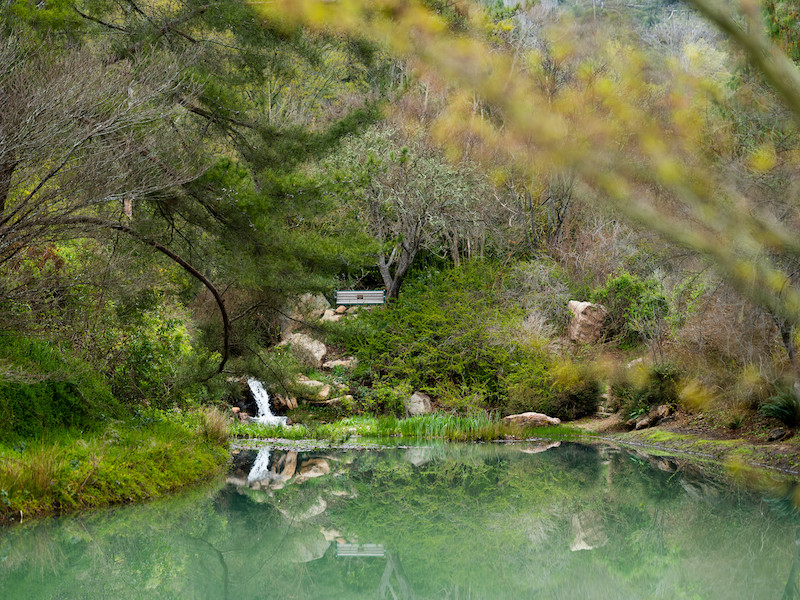 Known for many years as Quarryhill Botanical Garden and recently renamed and expanded, Sonoma Botanical Garden’s 25 acres of Asian woodland is home to over 1,300 different taxa (a science-y way of saying types of plants) diligently collected and cataloged since its founding in 1987 by former landowner Jane Davenport. A diverse collection of temperate East Asian plants with wild-sourced genetics, many of which are rare and endangered in their natural habitats, occupy steep slopes of the defunct sandstone quarry.
Known for many years as Quarryhill Botanical Garden and recently renamed and expanded, Sonoma Botanical Garden’s 25 acres of Asian woodland is home to over 1,300 different taxa (a science-y way of saying types of plants) diligently collected and cataloged since its founding in 1987 by former landowner Jane Davenport. A diverse collection of temperate East Asian plants with wild-sourced genetics, many of which are rare and endangered in their natural habitats, occupy steep slopes of the defunct sandstone quarry.
“At the time Jane was designing the garden, borders between China and the U.S. were opening up, allowing for an influx of Asian plants that hadn’t been seen in the horticultural trade before. As she began the collection, she realized that there were many wild endangered plants that she had the desire to save,” says Rabuck. Beyond the desire, Jane also had the means, and partnered with London’s Royal Botanic Gardens and Howick Hall Gardens & Arboretum, among others, to fund annual expeditions to temperate parts of East Asia, such as Japan, Taiwan, Nepal, and India, to collect those rare seeds and bring them back for cultivation.
Gushing gullies swollen with winter’s rain punctuate the trails as we pass hidden picnic spots tucked among a staggering variety of maples, dogwoods, wild roses, fully leafed lily bulbs, and shrubby quince. Strange yet familiar, their wild genetics set them apart from their highly cultivated kin found in nurseries and induce an experience not unlike seeing wolves when you are expecting dogs.
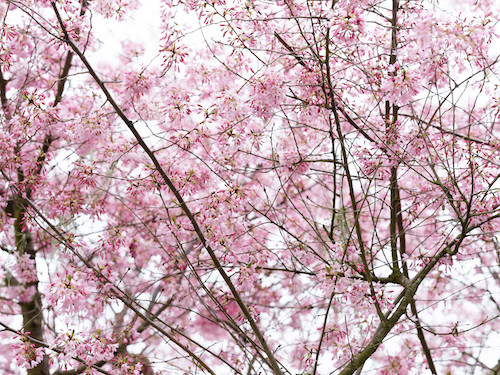
While showing me a rare firecracker rhododendron, Rabuck says, “Wild genetics add interest and also create trickiness because it is not the same classic beauty you expect to see.” This is no English garden, to be sure, sans rows and perfectly pruned topiary. Plants are allowed to bush and sprawl, in a way that feels both intentional and eccentric, alongside trails designed to get a bit lost on. Here visitors are transported to a place that manages to be simultaneously recognizable and unusual, intimate and unacquainted.
Not all of the botanicals here are still sleeping or just waking. Some, like camellias, get an early start with flashy florals that peak at the threshold of late winter and early spring. I am particularly enthralled by the exceptionally fragrant, intoxicatingly sweet scent of a towering magnolia stellata, or star magnolia, its large white nearly spent blooms engaged in a last-ditch effort to entice pollinators. Crossing a charming bridge spanning the waterfall-occupied gap between ponds that provide atmosphere and irrigation, we diverge from the Asian woodland’s steep switchbacks onto the easy, accessible, half-mile California Oak Trail, future home of the garden’s native plant collection.
 Traversing classic oak savanna and its sprouting assurances of poppies, lupines, irises, and sticky monkey flowers, this area feels closer to home and stands in stark contrast to its highly irrigated neighbor. Once a poultry farm, the 22-acre property was purchased by the gardens in 1998 and left mostly untouched until ravaged by the Nuns Fire in 2017. The fire, which burned up to all four sides of the Asian woodland, was stymied there by irrigation. But here in the oaks, with its unmaintained weedy grasses providing ample ladder fuels, the fire highlighted the vulnerability as well as resilience of our native California woodlands.
Traversing classic oak savanna and its sprouting assurances of poppies, lupines, irises, and sticky monkey flowers, this area feels closer to home and stands in stark contrast to its highly irrigated neighbor. Once a poultry farm, the 22-acre property was purchased by the gardens in 1998 and left mostly untouched until ravaged by the Nuns Fire in 2017. The fire, which burned up to all four sides of the Asian woodland, was stymied there by irrigation. But here in the oaks, with its unmaintained weedy grasses providing ample ladder fuels, the fire highlighted the vulnerability as well as resilience of our native California woodlands.
As the climate continues to rapidly change, so too must the cost-benefit analysis of conservation efforts. “Despite this year’s rain, we try to be water conscious as much as possible, as California is still a dry climate. So one of the things we will be looking at really critically over the next several years is which plants need to be here for protection and which are just taking resources,” says Rabuck.
Protecting threatened species remains Sonoma Botanical Garden’s priority as well as providing a unique, tranquil, immersive experience of conservation in action for their visitors. “We aren’t going for highly cultivated and curated, like a field of tulips that look spectacular but are very momentary and have very little ecological value. We really are trying to cultivate species that are rare and endangered that, in the event they go extinct in the wild, we have those wild genetics that can be reintroduced,” Rabuck tells me, promising, “We’ll never lose that magic of meandering wildness.”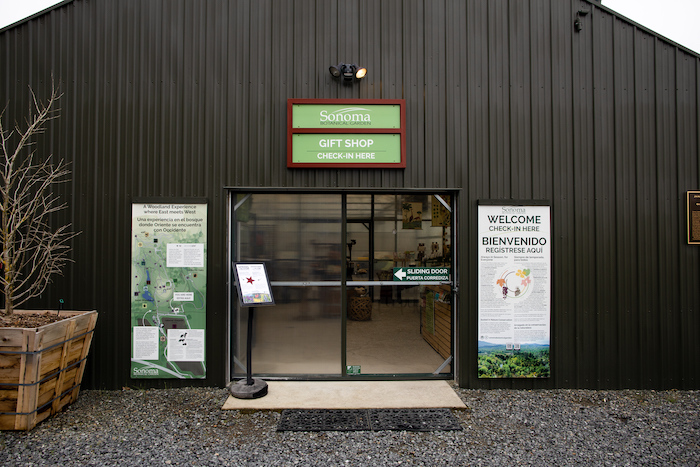
12841 Highway 12 in Glen Ellen
Daily, 9am-4pm daily
Closed Tuesdays

